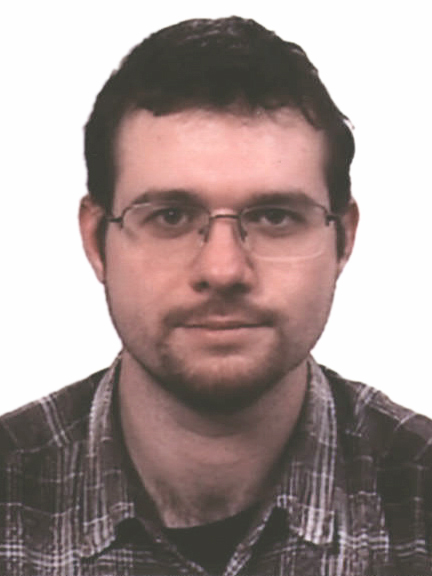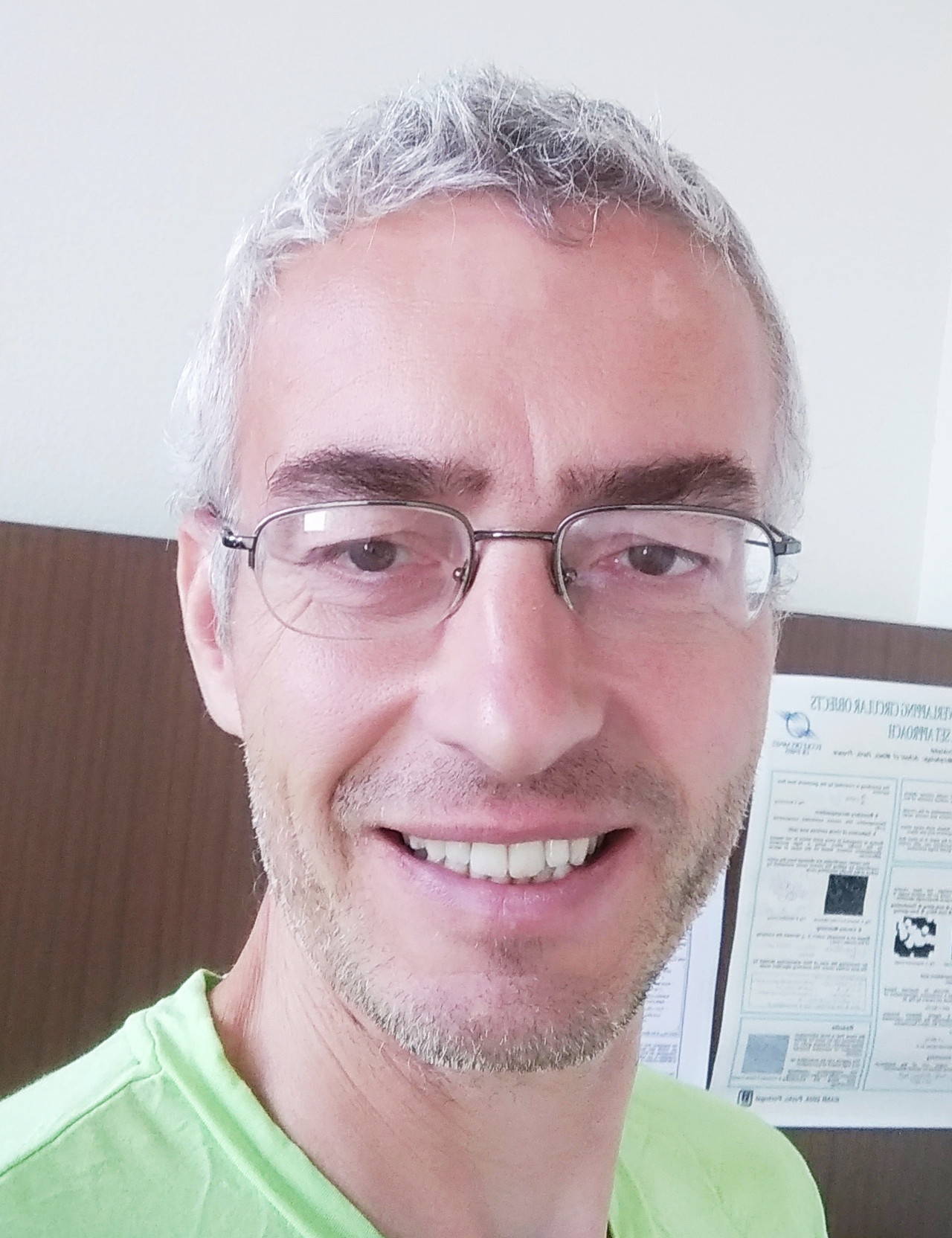 Jiří Schimmel has been a doctoral student in the Department of Telecommunications of FEEC BUT since 1999. In 2006 he defends his doctoral thesis on the topic “Audio Effect Synthesis Using Non-Linear Signal Processing” and in 2016 habilitation thesis on “New Methods of Spatial Audio Coding and Rendering”. His professional scientific activity is focused on the research in the area of digital audio signal processing, on the research and development of real-time signal processing systems and multi-channel sound systems. He also cooperates with interior and foreign companies (C-Mexx, DFM, Audified).
Jiří Schimmel has been a doctoral student in the Department of Telecommunications of FEEC BUT since 1999. In 2006 he defends his doctoral thesis on the topic “Audio Effect Synthesis Using Non-Linear Signal Processing” and in 2016 habilitation thesis on “New Methods of Spatial Audio Coding and Rendering”. His professional scientific activity is focused on the research in the area of digital audio signal processing, on the research and development of real-time signal processing systems and multi-channel sound systems. He also cooperates with interior and foreign companies (C-Mexx, DFM, Audified).
Spatial Audio Coding Using Ambisonic
Ambisonic is a mathematically based acoustic signal processing technology that attempts to capture and reproduce information from a complete three-dimensional sound field, including the exact localization of each sound source and the environmental characteristics of the field. Basically this is a simplified solution of the wave equation for the progressive convergent spherical wave using spherical harmonic decomposition of the wave field. Theory and technologies related to ambisonic were developed already in the 1970s but its real-time use has been enabled by modern computing technologies. The output of the coding process are so-called ambisonic components whose number determines the order of the ambisonic as well as accuracy of the encoding and the subsequent reconstruction of the sound field. There are two ways how to obtain the ambisonic components – encoding sound object and capture the sound field using 3D microphone. The encoding process is based on finding weighting factors of ambisonic components according to the position of an audio object. For the 3D sound field capture a set of microphones is used that form virtual 3D microphone whose components are identical to the ambisonic components. The decoding process is based on reconstruction of the sound filed using several sound sources (loudspeakers) which supposes further simplifications. Although the sound field is mathematically fully described in ambisonic, there are still many problems that need to be addressed in its practical use.
His talk takes place on Tuesday, October 2, 2018 at 13:00 in room A113.
